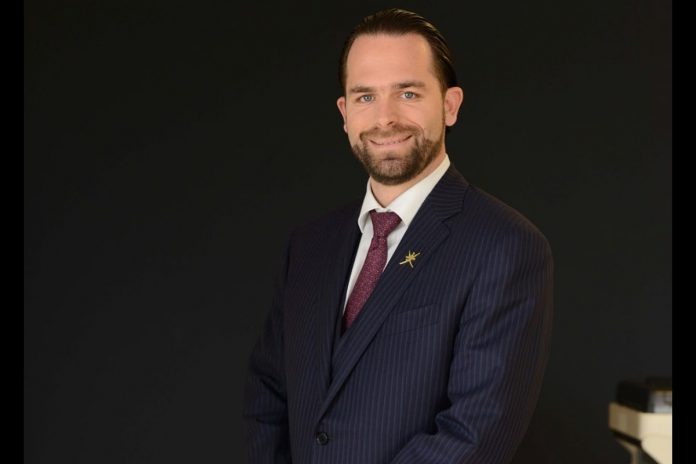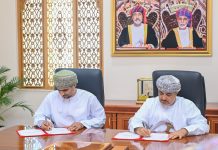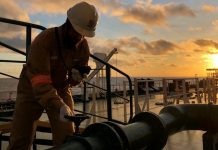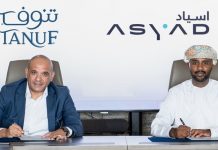DUQM IS IN THE PROCESS OF GETTING TRANSFORMED INTO A WORLD-CLASS INDUSTRIAL AND LOGISTICAL HUB, AND PORT OF DUQM IS ONE OF THE CENTERPIECES OF THESE DEVELOPMENTS. CAN YOU TALK ABOUT THE CURRENT STATUS OF PORT OF DUQM? WHEN IS THE PHASE ONE EXPECTED TO BE COMPLETED?
Construction is in full swing at Port of Duqm with the phase 1 expected to be completed by the end of 2019. Construction of all the terminals is getting underway. They include container terminal, liquid terminal, dry bulk facilities, and multipurpose terminal. In addition, we are also building our head office and gate complexes with facilities for ROP inspection, customs and the Ministry of Health.
For the current construction phase, we are erecting around 13 buildings and will be spending hundreds of million rials to finish the port. The construction of liquid terminal includes dredging and reclamation, jetty structure and topside facilities including product storage tanks, dry bulk facilities, pipelines, buildings and roads.
HOW WAS THE PORT’S PERFORMANCE IN 2016 AND THE FIRST HALF OF 2017? WHAT ARE THE MAJOR MILESTONE ACHIEVEMENTS?
The port which started its operations in 2012 has grown exponentially during the last couple of years. We started operations in 2012 on a very low scale. But there has been a steady growth over the years. The port posted a substantial growth in 2016 and we are continuing it in 2017 as well.
We are mainly focused on exporting minerals and importing project cargo as well as containers for Al Wusta region and more specifically for the oil and gas industry in the region. Although the port is not fully operational like the ones in Sohar or Salalah, it has crossed some significant milestones recently.
In 2017, we received the first containers from French shipping giant CMA CGM followed by the first container from Mediterranean Shipping Company (MSC). In addition, we are receiving big-size project cargos on a regular basis for PDO and BP. Another major milestone is the starting of minerals export from Al Wusta region.
This year we also started the first shipment of limestone from Duqm; this follows the successful exports in 2016 of dolomite, another mineral mined in the vicinity of Duqm. Another significant development is PDO’s five-year deal with Japanese supplier Sumitomo signed earlier in 2017 to supply piping for its drilling operations through Duqm. Although the container terminal will be commissioned only after 2020, the port is operating on an early container terminal.
Our capacity is 200,000 containers a year which is rather limited compared to the final capacity. However, we are able to cope with any type of container, whether it be standard containers or reefer containers.
LOGISTICS IS ONE OF THE MAIN PLANKS OF OMAN’S DIVERSIFICATION STRATEGY AND THE GOVERNMENT HAS RECENTLY COME UP WITH AN AMBITIOUS 2040 LOGISTICS STRATEGY. CAN YOU TALK ABOUT THE ROLE TO BE PLAYED BY PORT OF DUQM IN POSITIONING OMAN AS A FORMIDABLE HUB FOR REGIONAL TRADE AND AN IDEAL PLACE TO INVEST?
The creation of ASYAD will help further establish Oman as a serious logistics hub in the region and will boost our competitive edge. It will help improve collaboration and coordination in the sector and boost synergies between stakeholders. Obviously, we are fully integrated to the government‘s vision of economic diversification and are an essential component of its logistics strategy which is heavily relying on us like other two ports. Al Wusta region is very rich in minerals and oil and gas. But the region does not have a proper logistics hub catering to its economic potential. Therefore our primary role will be developing a logistics hub to complement the economic development in the region. You cannot sustain a manufacturing hub without having the means to import the raw materials and export the finished products.






